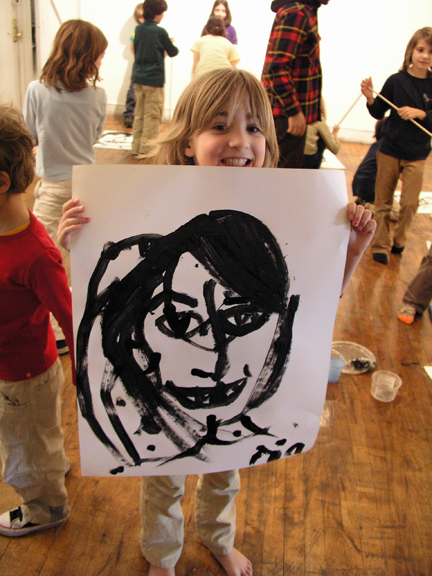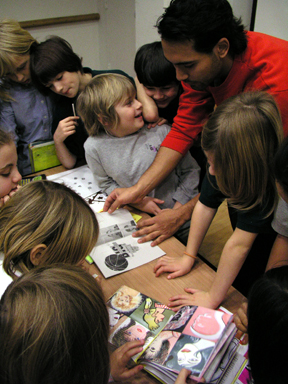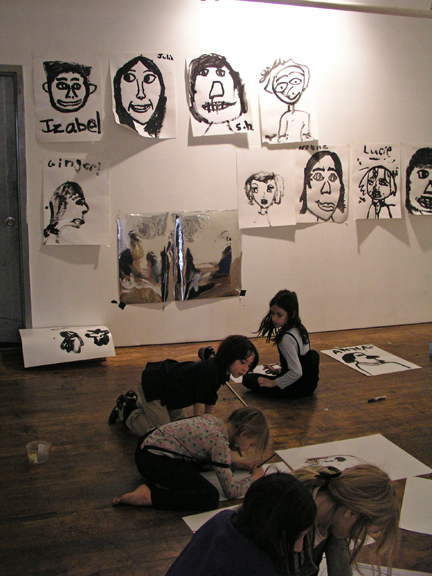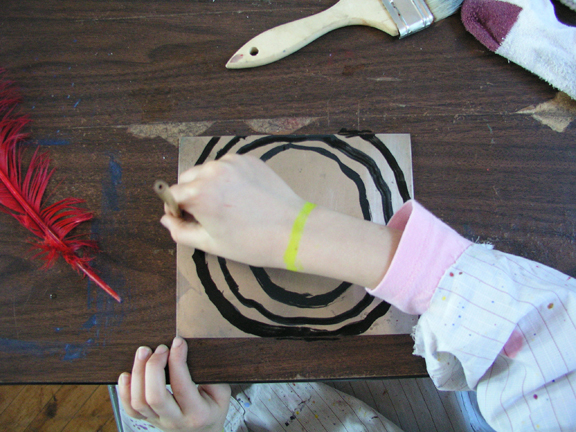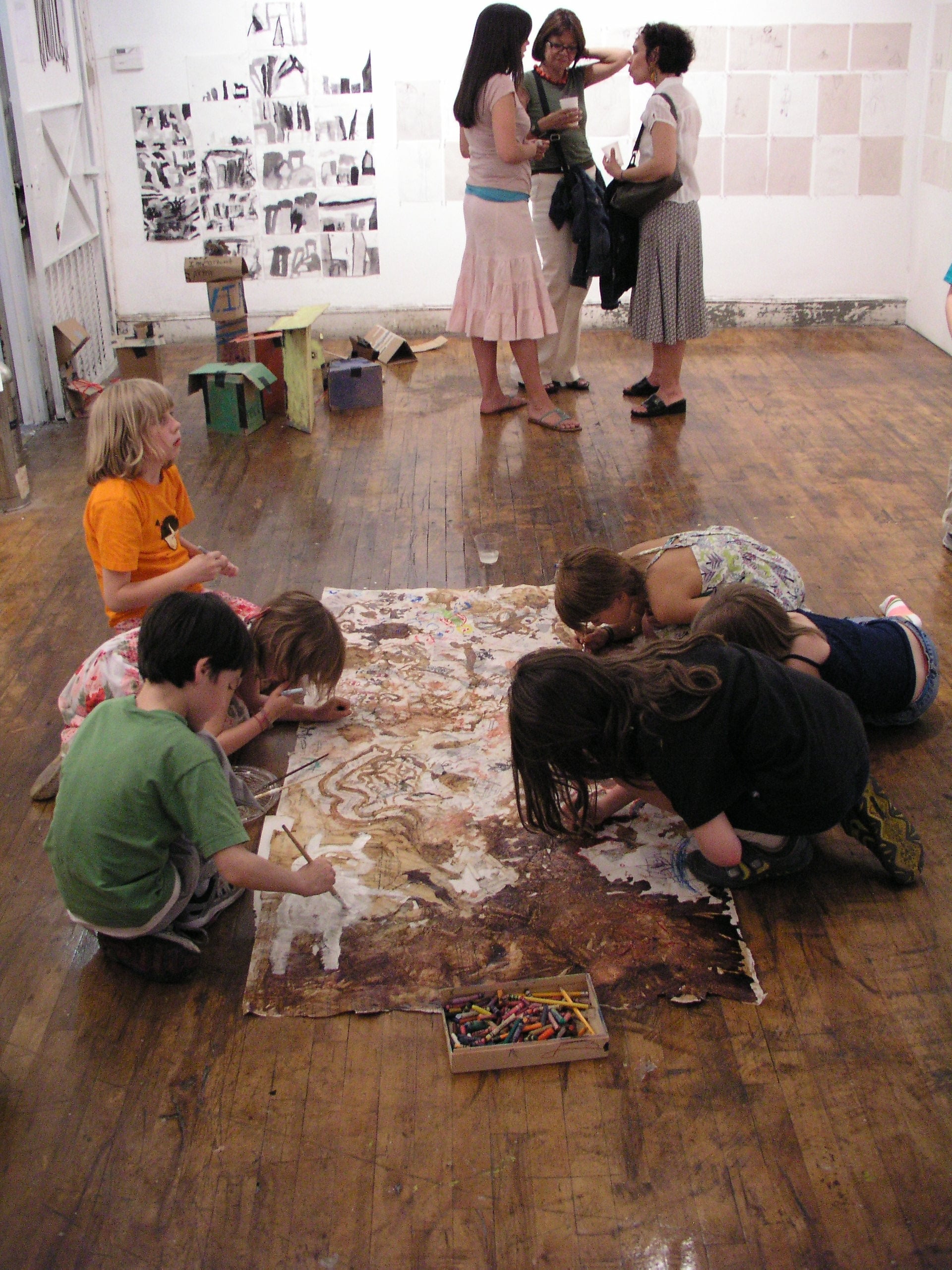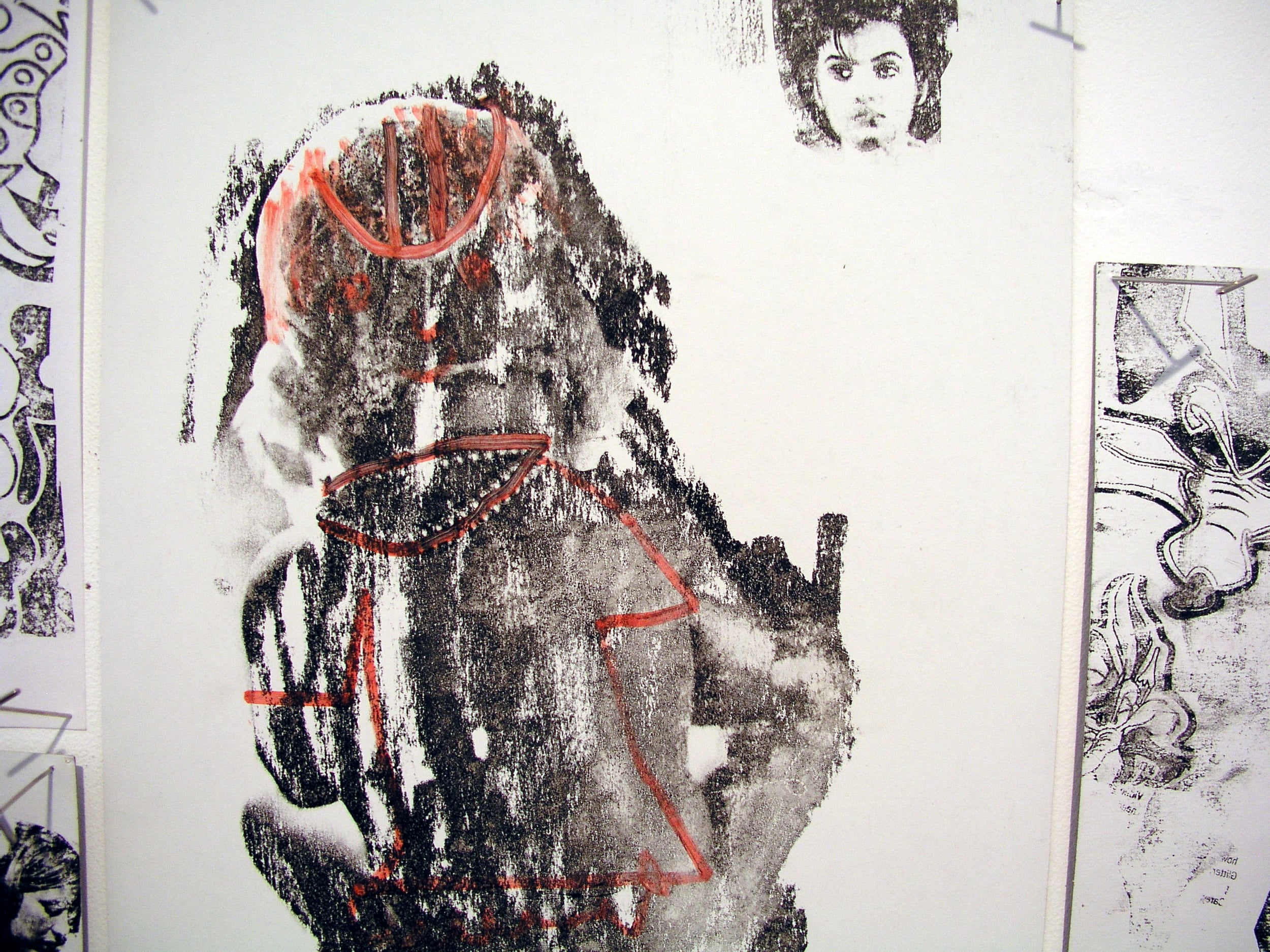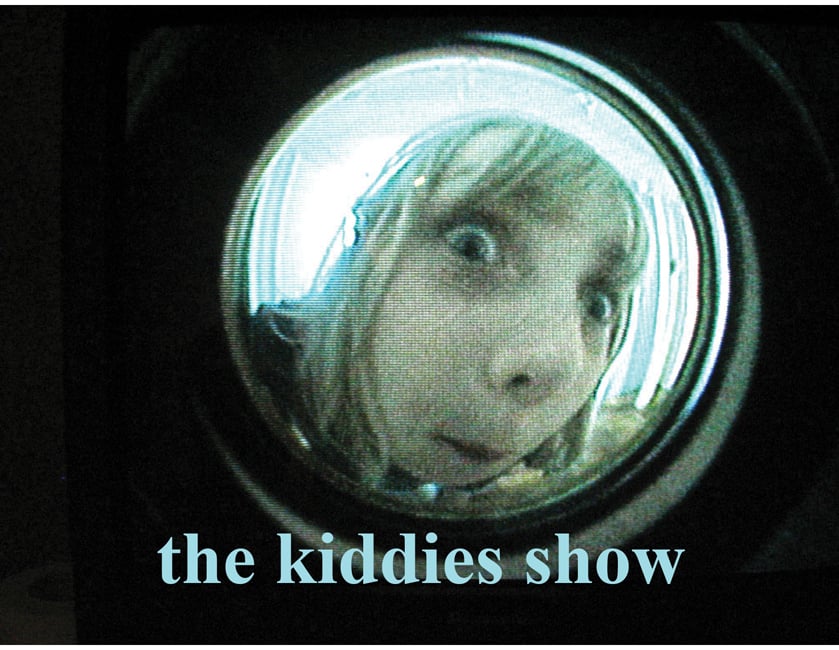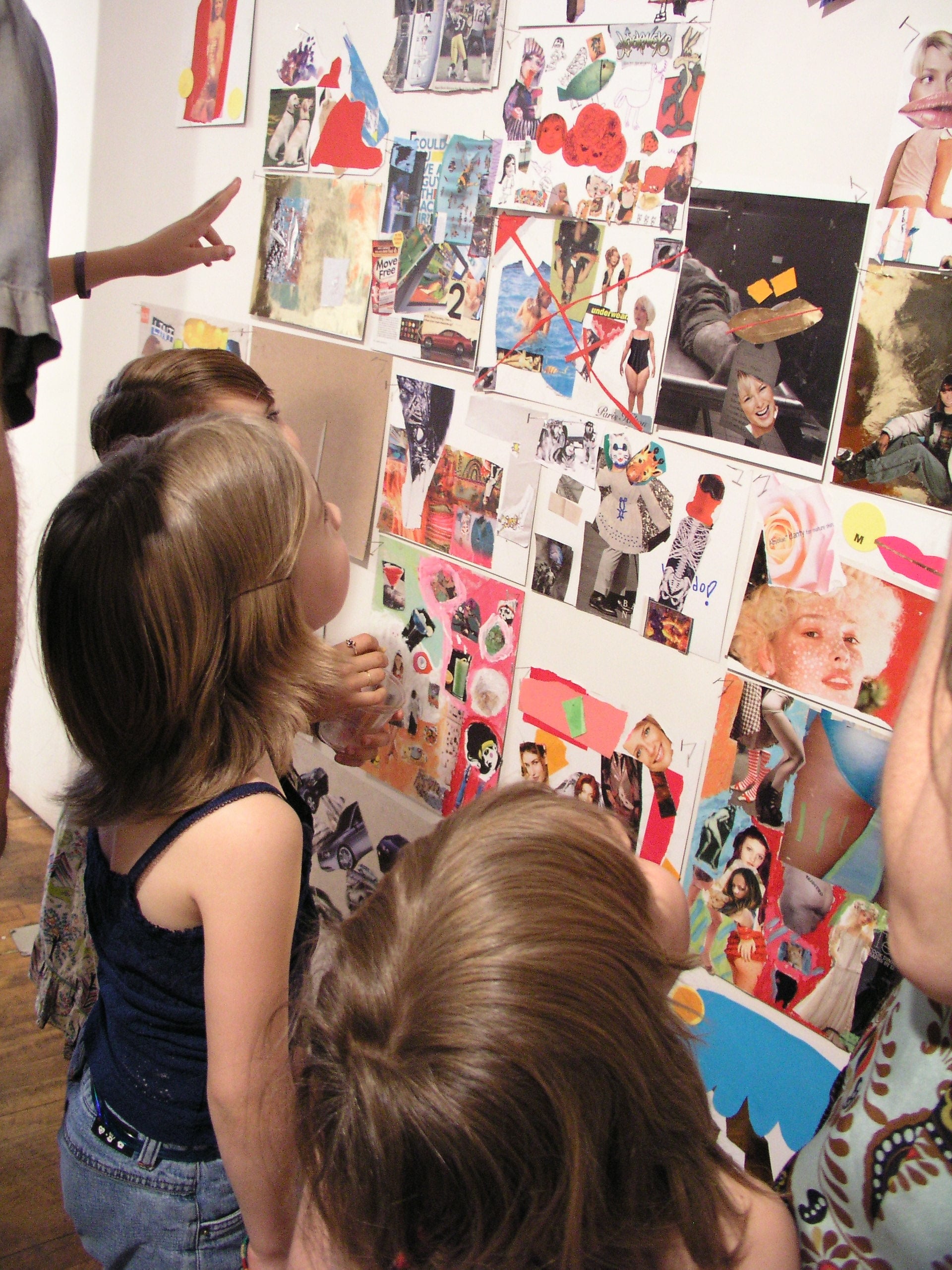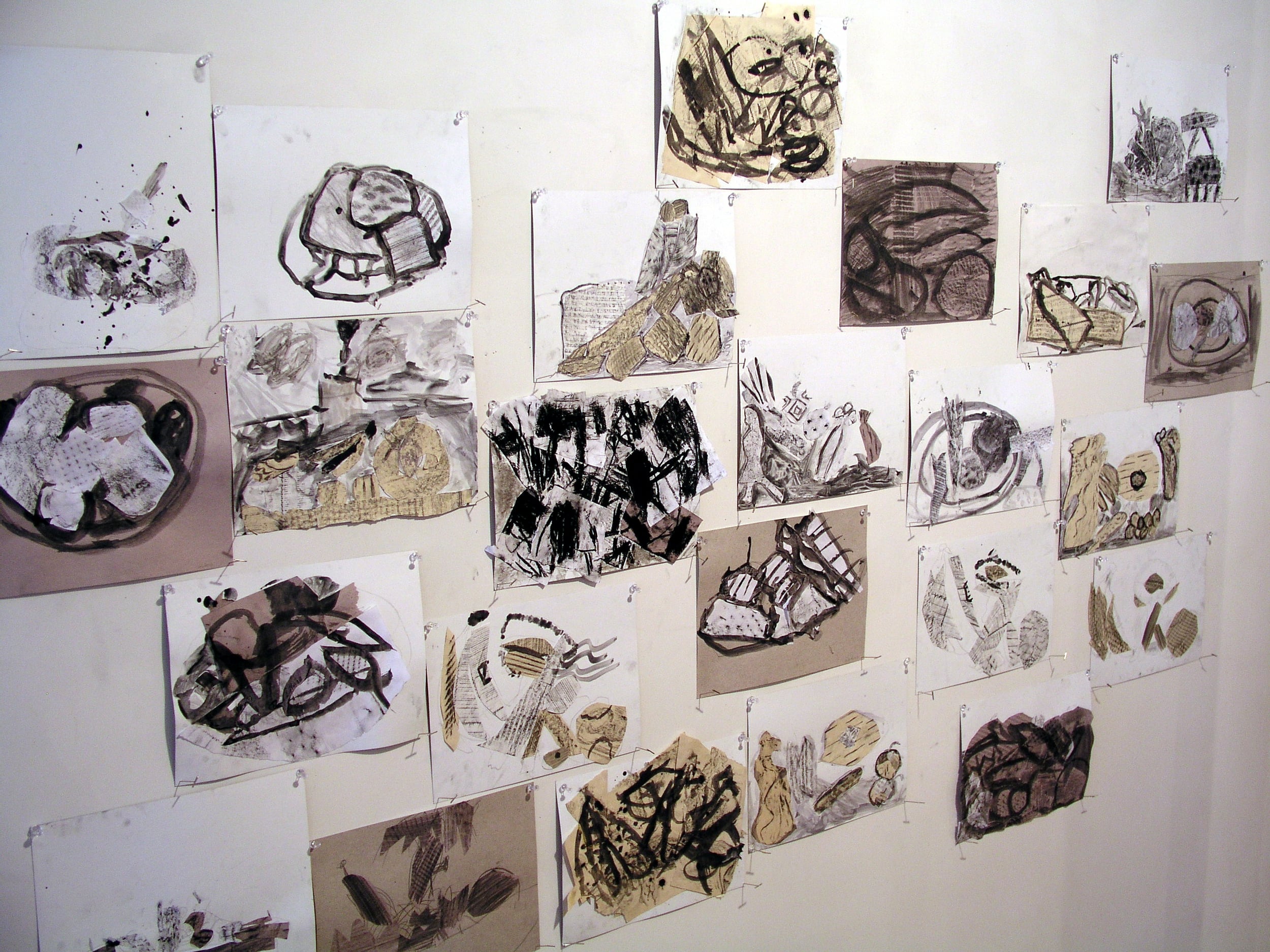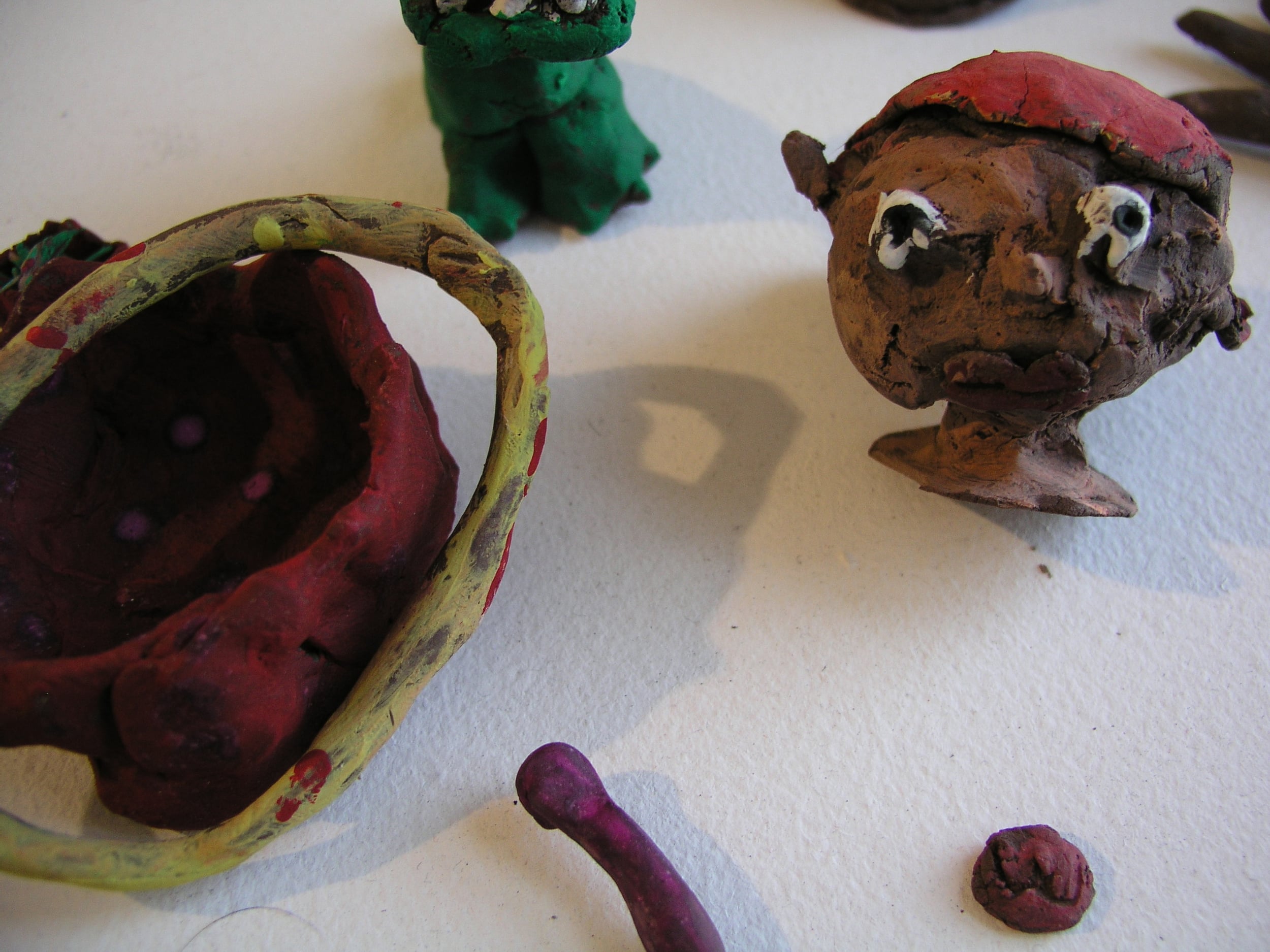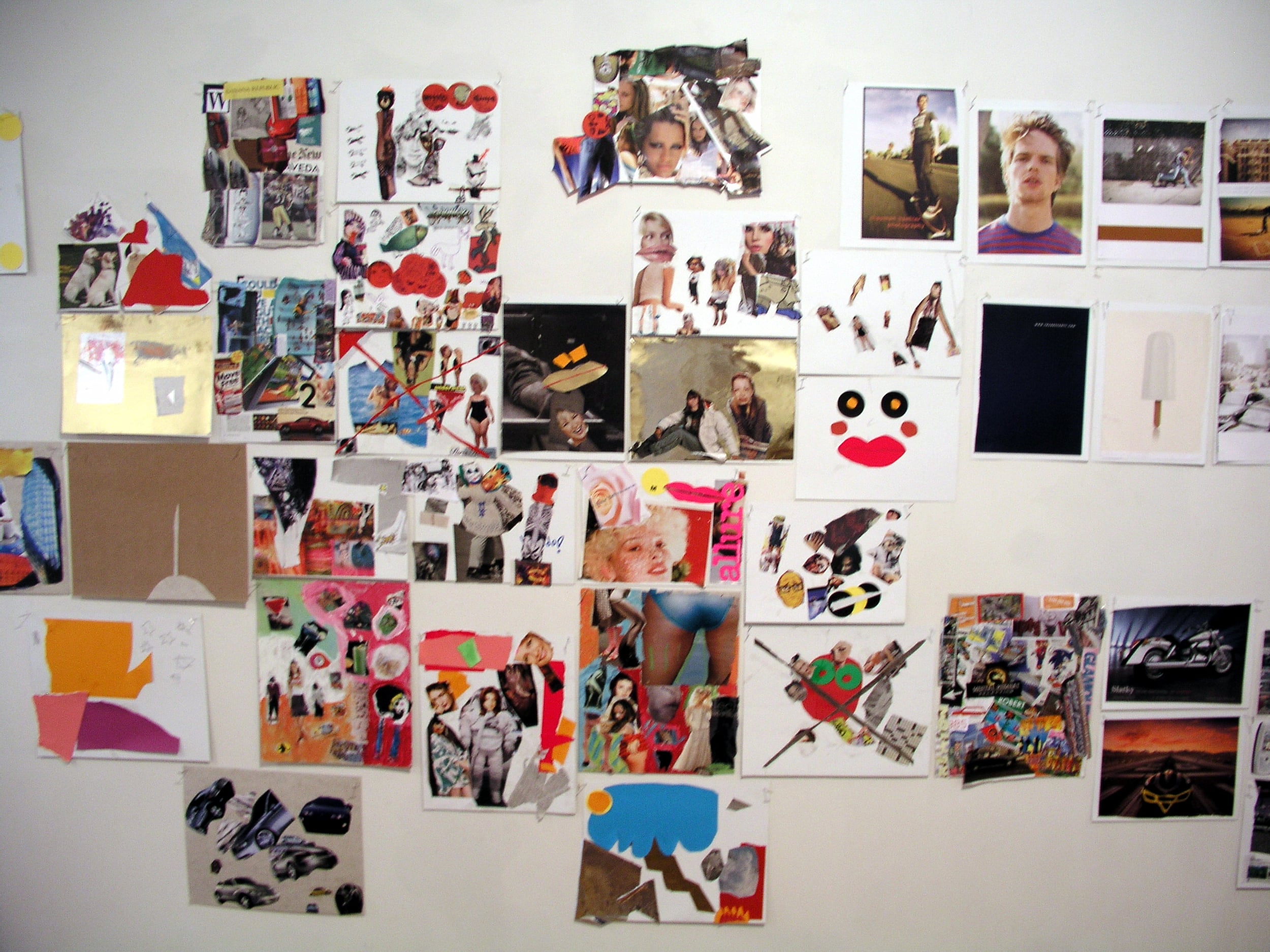artkids
“art kids” expands its program to the new york public library-Hamilton Fish Park Branch the art enrichment program “artkids” initiated by the:artist:network for children between 1-8th grade starts this Friday, October 21, 2005 at the Hamilton Fish Park Branch.
At the artist:network premises, and at the public library Hamilton Fish Park Branch kids take part in workshops involving printmaking, photography, drawing, painting, sculpture and multi media, and receive inspiration and guidance from professional artists. the “kiddies show” is the culmination of these weekly workshops.
The kiddies show, provides a rare opportunity for the work of our young artists to be shown in a professional environment. This show gives an expressive voice to those young members of the:artist:network's extended community for whom contemporary art will play an important role. All the children in the show are part of an intrinsic network involving the:artist:network and its affiliates. Whether they are children of artists who have shown at the gallery or students at the local school, all exhibitors are part of a unique and specific relationship with the wider New York arts community. In order to facilitate the viewing of the work by a younger audience, the art is shown just 36 inches from the floor. Not only does the “kiddies show” allow the artists themselves to see their work hung in a public space, it also spreads an awareness among New York’s art community of the importance of nurturing and promoting these future talents.
Last seasons program:
Figure Drawings
During this class,children explored the realm of figure drawing. Using each other as models. They were able to construct drawings of great variety of pose, teaching them about perspective and proportion in drawing. The children were encouraged to use the space available to them on the page, and to study the areas between objects as well as the objects themselves. This taught them to study negative space and the distance between objects as well as the image as a whole.
Blind Drawings
The children began almost every class with a ‘blind drawing’ exercise. In this exercise they were asked to draw something in front of them without looking at the paper. This activity trained the kids to trust their perception of an object and translate the image as accurately as possible. This activity taught the children some very important skills: the co-ordination between the eye and the hand requires the artist to look very carefully and slowly at their subject and to draw exactly what they see as opposed to what they think they see. Strong discipline and patience is needed, and positive and negative space become very important as the artist traces the object with their eye and tries to move their hand and pencil with it. This is a technique that is applied in all methods of drawing and a key skill for any artist.
Collages
In their last class, the kids created different textures on paper by rubbing over textured areas around the room with pencil and charcoal. They were then asked to interpret an organic still life that had been set up in the space, using the rubbings they had made earlier to create a collage based depiction. Whilst remaining true to the still life, they applied traditional principles of collage to represent the varying textures and shapes of the fruits and vegetables.
Monotypes
The children explored the printmaking technique of making monotypes. This process involves the artist using paint or ink to create an image on a copper plate. The plate is then run through a printing press, transferring the image onto paper. The image can be run through the press numerous times, adding layers of color each time. It is a process that allows great freedom in terms of painterly expression within the structured printmaking practice. Embossing techniques were also used, where the artist placed different shapes on their plate and run it through the press, indenting the paper with their shapes.
VISITING ARTISTS
GUEST INSTRUCTOR ALFREDO
MARTINEZ
Using everyday materials such as jello, bread and coffee and items relegated to ‘trash’ by other people (architects old blueprints, for example), the children created original artwork. The idea was to apply creative principles to materials not traditionally regarded as artistic. Robots were created from Styrofoam cups, pins and leftover plastic waste. Artist Alfredo Martinez uses these principles in his own work. At first using non-artistic materials out of necessity, this means of creating art has become a part of Alfredo’s visual vocabulary. Both his drawings and sculptures incorporate the idea of using materials of little artistic value to create original pieces that retain a mass produced quality as a result of the materials used.
VISITING ARTIST JOHN BREINER
Artist John Breiner led this class in which children were asked to cut out images that interested them from magazines and newspapers. Thoseimageswerethentaken to be photocopied while the kids drew backgroundscenes. Whenthephotocopies returned, the children used blender markers to transfer images onto their backgrounds. The method of using found images combines traditional principles of collage with a more modern approach of using new modes of relocating images, such as photocopying and transfers.
John Breiner uses such methods in his own work, often drawing or adhering images onto found objects and non- traditional surfaces.



